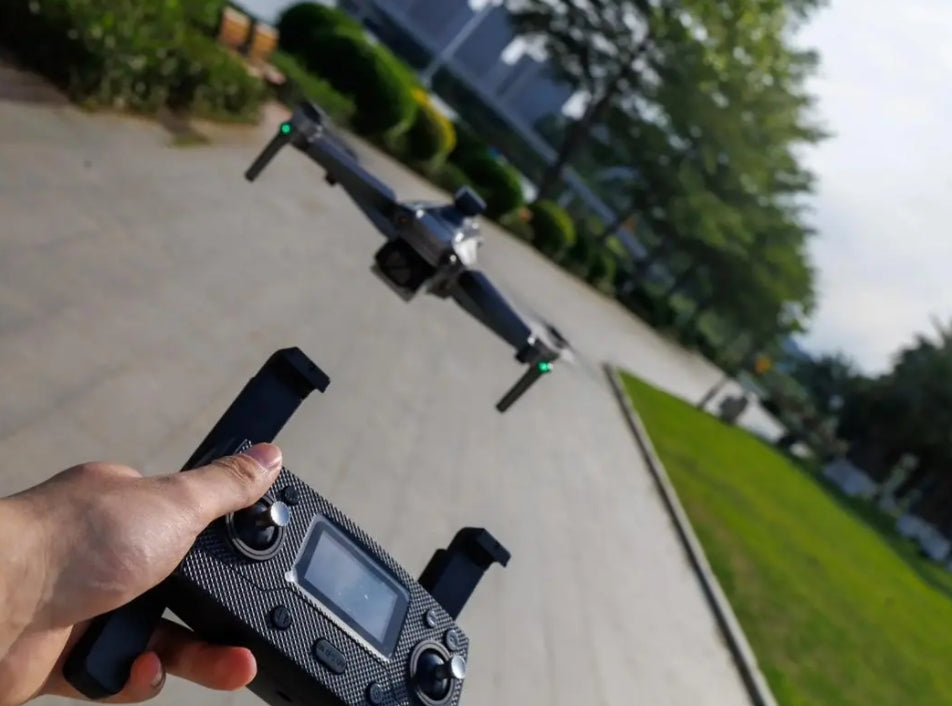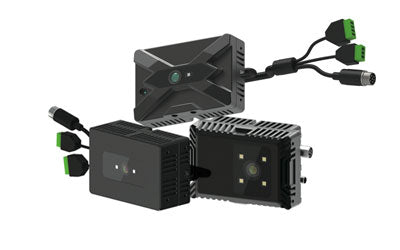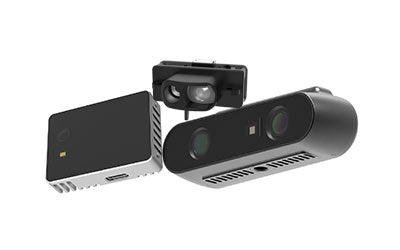स्वायत्त ड्रोन के विकास पर TOF सेंसर का प्रभाव

हाल के वर्षों में स्वायत्त ड्रोन का उपयोग तेजी से बढ़ा है, जिसमें हवाई फोटोग्राफी और सर्वेक्षण से लेकर खोज और बचाव अभियानों तक के अनुप्रयोग शामिल हैं। हालांकि, स्वायत्त ड्रोन के विकास में एक प्रमुख चुनौती यह सुनिश्चित करना है कि वे जटिल वातावरण में नेविगेट कर सकें और बाधाओं से बच सकें। यहीं पर टाइम-ऑफ-फ्लाइट (TOF) सेंसर ने गेम-चेंजर साबित किया है।
TOF सेंसर एक प्रकाश पल्स को किसी वस्तु तक यात्रा करने और सेंसर तक वापस आने में लगने वाले समय की गणना करके सेंसर और वस्तु के बीच की दूरी मापने में सक्षम होते हैं। इस तकनीक के पारंपरिक सेंसरों की तुलना में कई फायदे हैं, जिनमें उच्च सटीकता, बड़ा दायरा और कम रोशनी में काम करने की क्षमता शामिल है।
स्वायत्त ड्रोन विकास के संदर्भ में TOF सेंसर के कई लाभ हैं। उदाहरण के लिए, इन्हें बाधाओं की स्थिति और दूरी को सटीकता से पता लगाने के लिए उपयोग किया जा सकता है, जिससे ड्रोन जटिल वातावरण में सुरक्षित रूप से नेविगेट कर सकता है। इसके अलावा, TOF सेंसर का उपयोग ड्रोन की ऊंचाई को सटीक रूप से मापने के लिए किया जा सकता है, जिससे यह सही ऊंचाई पर उड़ सके।
स्वायत्त ड्रोन विकास में TOF सेंसर का एक और लाभ यह है कि ये वास्तविक समय का डेटा प्रदान कर सकते हैं, जिसका उपयोग सूचित निर्णय लेने के लिए किया जा सकता है। उदाहरण के लिए, TOF सेंसर द्वारा एकत्र किए गए डेटा का उपयोग ड्रोन के उड़ान पथ को बाधाओं से बचाने के लिए या अगर ड्रोन अपने निर्धारित पथ से भटक जाता है, तो वास्तविक समय में सुधार करने के लिए किया जा सकता है।
स्वायत्त ड्रोन विकास में TOF सेंसर के उपयोग का एक उदाहरण बाधा से बचाव प्रणाली का कार्यान्वयन है। ये सिस्टम ड्रोन के चारों ओर कई TOF सेंसर का उपयोग करते हैं ताकि ड्रोन के रास्ते में आने वाली बाधाओं का पता लगाया जा सके। इन सेंसरों से प्राप्त डेटा का उपयोग टकराव से बचने के लिए ड्रोन के उड़ान पथ को वास्तविक समय में समायोजित करने के लिए किया जाता है।

TOF सेंसर का एक और उदाहरण स्वायत्त ड्रोन के लैंडिंग सिस्टम में उपयोग है। TOF सेंसर का उपयोग करके ड्रोन और जमीन के बीच की दूरी मापी जाती है, जिससे ये सिस्टम लैंडिंग के दौरान ड्रोन की गति और स्थिति को सटीक रूप से नियंत्रित कर सकते हैं, और इस प्रकार सुरक्षित और नियंत्रित लैंडिंग सुनिश्चित करते हैं।
निष्कर्ष में, स्वायत्त ड्रोन के विकास पर TOF सेंसर का प्रभाव अतुलनीय है। ये सेंसर महत्वपूर्ण डेटा प्रदान करते हैं जो ड्रोन को जटिल वातावरण में नेविगेट करने और बाधाओं से बचने में सक्षम बनाते हैं, और उनकी वास्तविक समय की क्षमताएं उन्हें स्वायत्त सिस्टम में उपयोग के लिए आदर्श बनाती हैं। जैसे-जैसे आने वाले वर्षों में स्वायत्त ड्रोन का उपयोग बढ़ता रहेगा, TOF सेंसर उनके विकास में एक महत्वपूर्ण भूमिका निभाते रहेंगे।
Synexens 3D RGBD ToF डेप्थ सेंसर_CS30

बिक्री के बाद सहायता:
हमारी पेशेवर तकनीकी टीम, जो 3D कैमरा रेंजिंग में विशेषज्ञता रखती है, किसी भी समय आपकी सहायता के लिए तैयार है। यदि आपकी TOF कैमरा खरीदने के बाद किसी भी प्रकार की समस्या आती है या TOF तकनीक के बारे में स्पष्टीकरण की आवश्यकता होती है, तो कृपया किसी भी समय हमसे संपर्क करने में संकोच न करें। हम उच्च गुणवत्ता वाली तकनीकी बिक्री के बाद सेवा और उत्कृष्ट उपयोगकर्ता अनुभव प्रदान करने के लिए प्रतिबद्ध हैं, ताकि आप हमारे उत्पादों की खरीद और उपयोग में पूरी तरह निश्चिंत रहें।
-
Posted in
CS30


